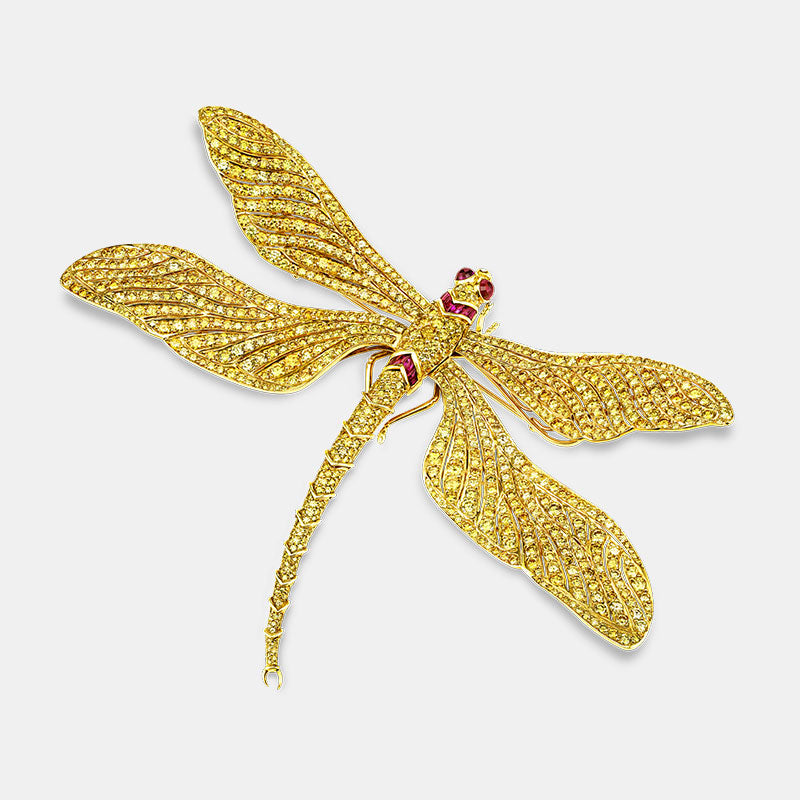Antique and vintage items are both highly sought-after by collectors, but how do they compare? Discover the differences between antiques and vintage items.
What is the difference between vintage and antique?
Simply put, an antique is any item — whether it be a work of art, jewelry, carpets or everyday objects like housewares and accessories — that is over 100 years old. Vintage items are much younger, less than 100 years old, and typically have a collector’s appeal. Vintage clothing, jewelry, watches, accessories, housewares and furniture are all common items in this category. Though both categories of items are undeniably popular among collectors today, each category has its own distinct appeal. Join us on a journey through the different styles and ages of antique and vintage collectible items.Common Characteristics of Antique Objects
Difficult to find:
For good reason, quality antiques can be difficult to find. As antiques are over 100 years old, most antiques on the market today have wear and other marks of past use. Whether it be scratches on an otherwise pristine veneer or tarnish with the oxidization of metals, it can be difficult to find an item in excellent condition.
Additionally, antique items made by high-quality craftsmen are coveted by designers and are often held in the world’s most prestigious museums, private collections and galleries. Finding quality antiques is not impossible though, and many modern collectors turn to reliable antique dealers, whom are experts at decorating with antiques, to help them furnish their homes with items of character, historical importance and longevity.
Beautiful patinas and craftsmanship:
Antiques have a strong appeal because they were made before the age of mass industrialization, and many required the hand of a careful craftsman. With woodworking, for example, each dominant antique furniture era features different materials and styles of carving and ornamentation. Despite these differences, the craftsmen of each era sought to elevate the wood’s patinas, creating a rich and warm celebration of the wood’s unique natural features.
Please enjoy our quick guide to a few French antique furniture periods:
Graphic made by M.S. Rau research team.
Although this image only illustrates only a few of France’s most popular furniture design eras, almost every region in the world experienced a similar evolution of styles and craftsmanship. These antique furniture periods offer character and originality that are often lost on mass-manufactured furniture pieces. For this very reason, reputable antique galleries have been busy matching clients with the perfect antique piece for their homes. Every era has its own personality, which is why every collector can find a piece that represents their individual taste and style.

Common Characteristics of Vintage Objects
Historical significance:The term vintage technically just means “old,” and vintage items commonly refer to any item that was created in the last 100 years. Typically, items marketed as “vintage” date to the 1930s, '40s, '50s, '60s and '70s. Although most vintage items can be easier to find than antiques, their value is often most associated with their historical significance, provenance or niche collectability. Common vintage items include fashion, jewelry, watches, accessories, housewares and furniture, as well as media, including postcards, periodicals, photography, vinyl records, or even electronics like cameras and gaming systems. Oftentimes, a pristinely preserved vintage piece gives collectors the nostalgic feel of a bygone era.

Although mass production dominated the 20th century, the most valuable vintage items, or at least items that have lasted for decades after their inception, are still those which were made by skilled craftsmen. Many handmade vintage items were made to last, and can be considered a piece of art in their own right.

How to distinguish between vintage vs antique items
Although the process of identifying a piece’s era may seem daunting at first, makers of antique furniture and objet d’art usually include various clues that identify the item’s maker, era and value.
1. What are the materials?

Every era, style and period had its own materials based on geographic availability, financial capabilities and style. Understanding the materials used by the best craftsmen of their times can help you place an antique in its proper period. For example, Victorian furniture designers of the era drew on various influences, including elements of Gothic, Tudor, Elizabethan, Renaissance, English Rococo and Neoclassical styles. With such varied and rich inspirations, it is no surprise that furniture in the Victorian style tends to have ample ornamentation, including carved leaves, floral accents, inlaid stained glass and etched mirrors.
2. Are there markings?


With many antique objet d’art, makers proudly left their mark. With antique vases, for example, the bottom of the vase with usually show the artist’s name, workshop, date of creation and more. Some markings are relatively simple, while others will require background knowledge to decode. Depending on the material of your item, these marks could be painted, etched or stamped onto the edges or base. Learn more about how to identify antique vases.
3. Is it still being used today?








